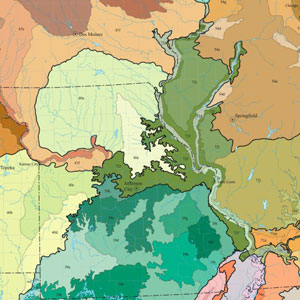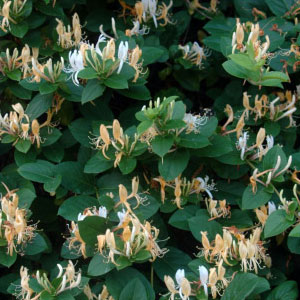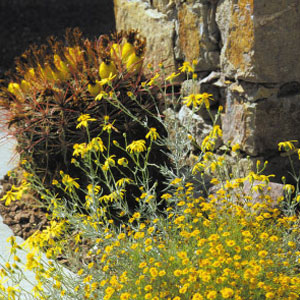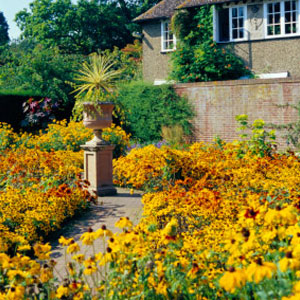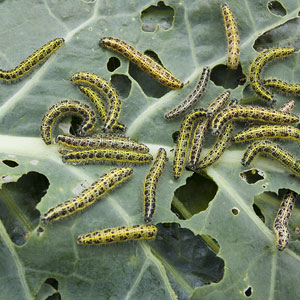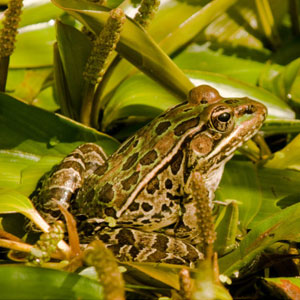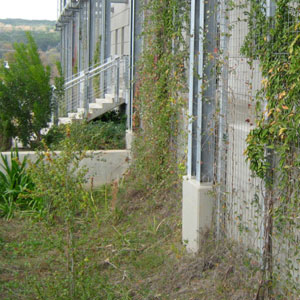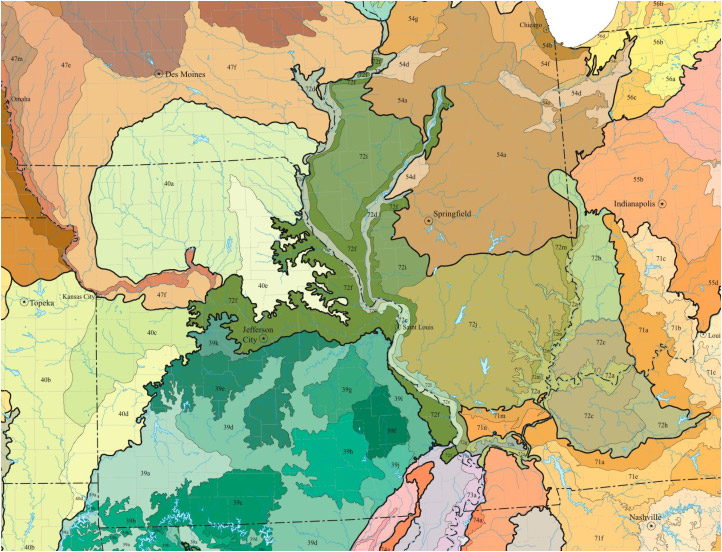
Level III ecoregions of the Midwest. Image credit: US EPA
Learn About Your Ecoregion
Ecoregions denote areas with similar ecosystems and the same type, quality and quantity of environmental resources. Understanding the ecoregion in which a site is located enables you to consider the broader context of the landscape and how it can hinder or contribute to the surrounding ecosystem.
Ecoregions are defined by soil type, climate, temperature, precipitation and other characteristics. For example, temperate broadleaf and mixed forest can be found as far north as Maine and as far south as Louisiana. Typical species include sugar maple, American beech, basswood, oaks and hickories.
Another type of ecoregion is the temperate grassland, savanna and shrubland found in the midsection of the country. Vast areas that are not farmland were dominated by prairies because a shortage of rain and frequency of fire limited the growth of forests. Savannas are grasslands interspersed with groves of trees.
Temperate conifer forests, deserts and Mediterranean grasslands, forests and shrublands are other ecosystems found in the United States.
The Environmental Protection Agency (EPA) has developed ecoregion maps for most of the U.S, which can be found here. Additional resources include your local branch of the EPA, local parks and wildlife agencies, The Nature Conservancy and land grant universities.

